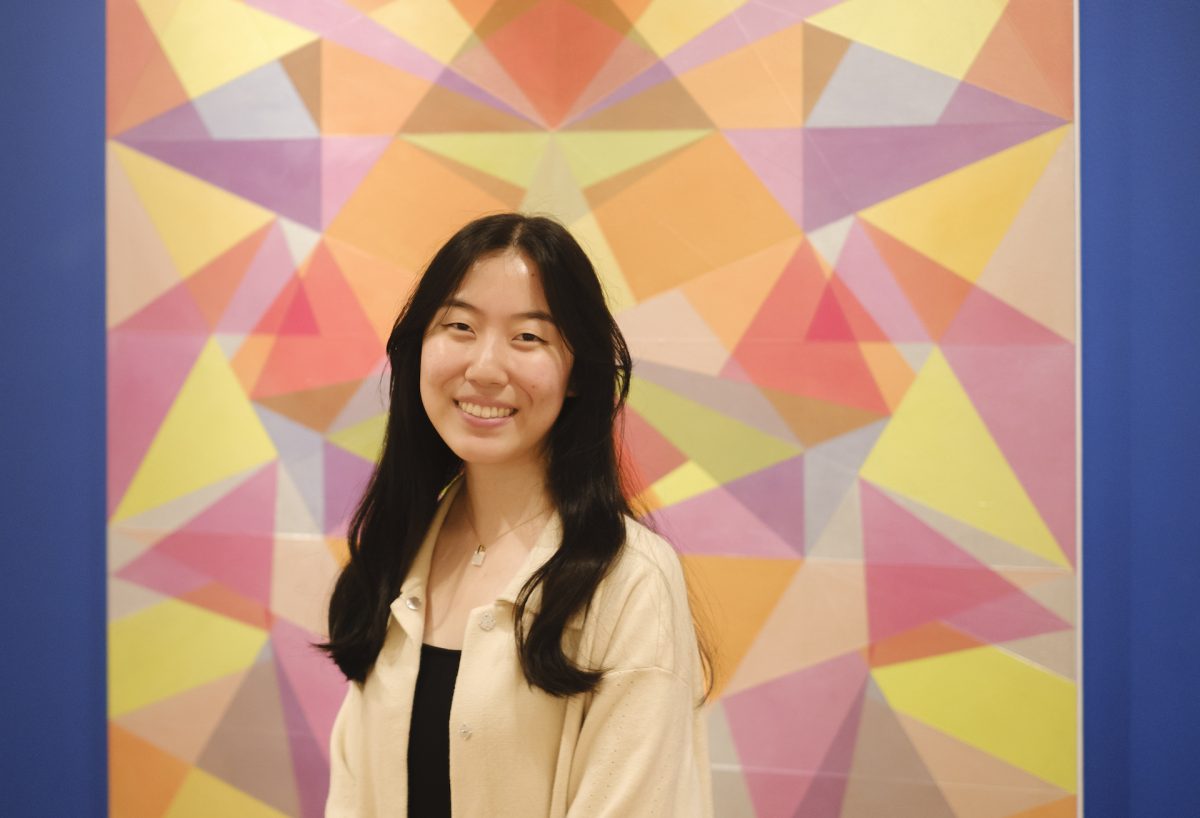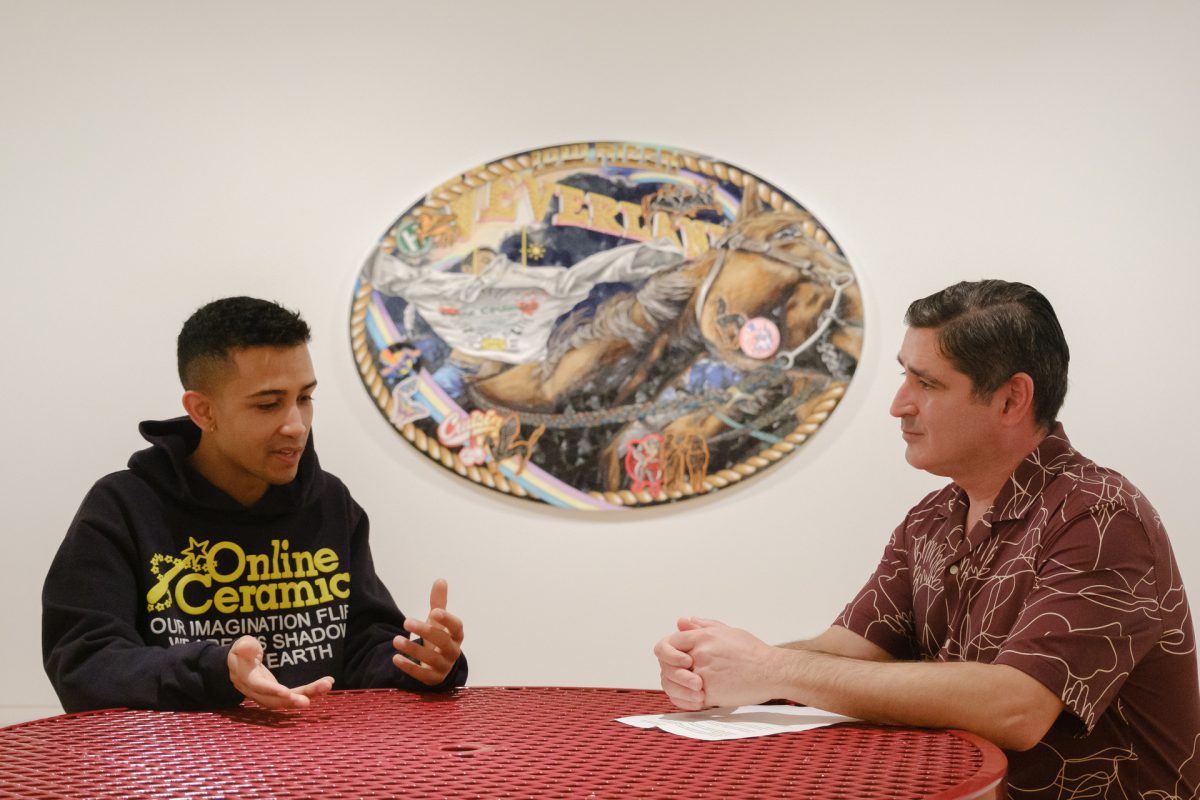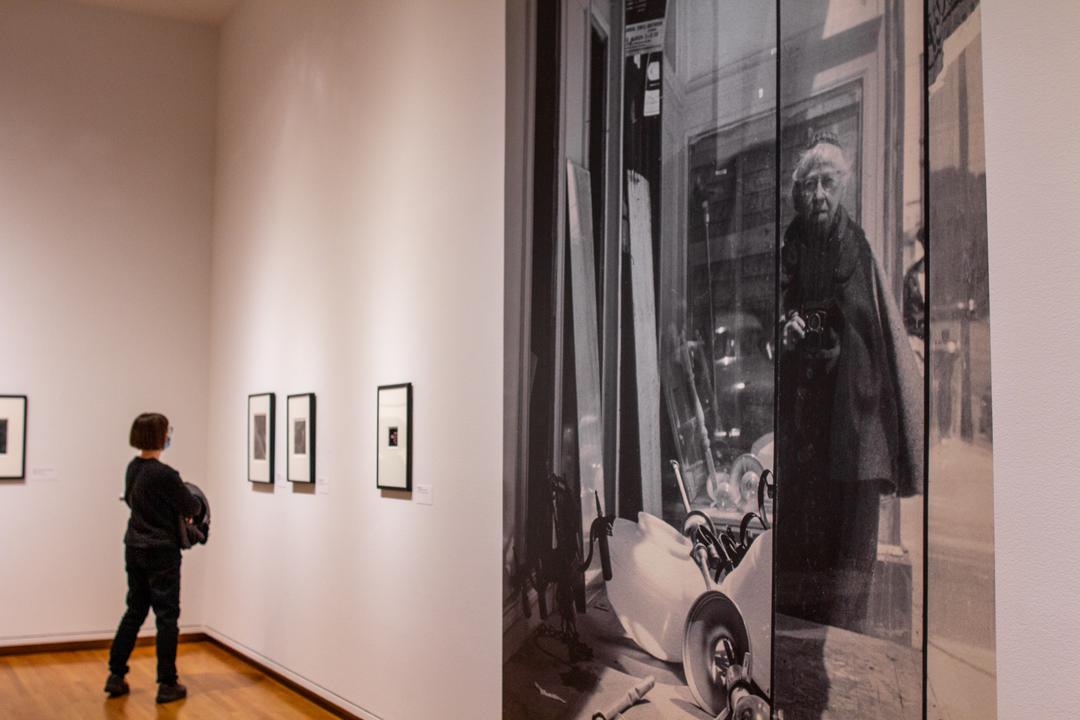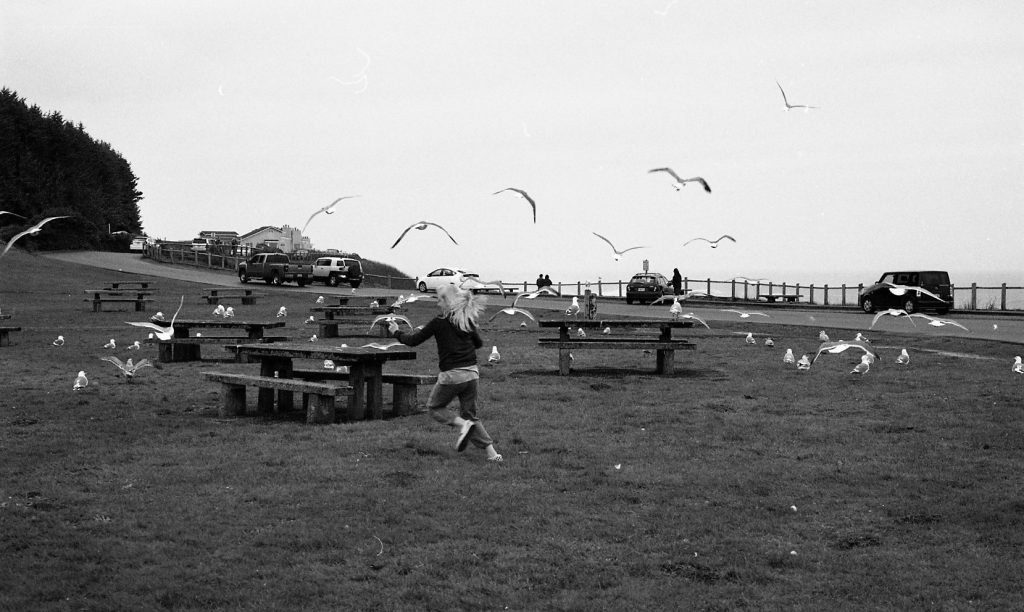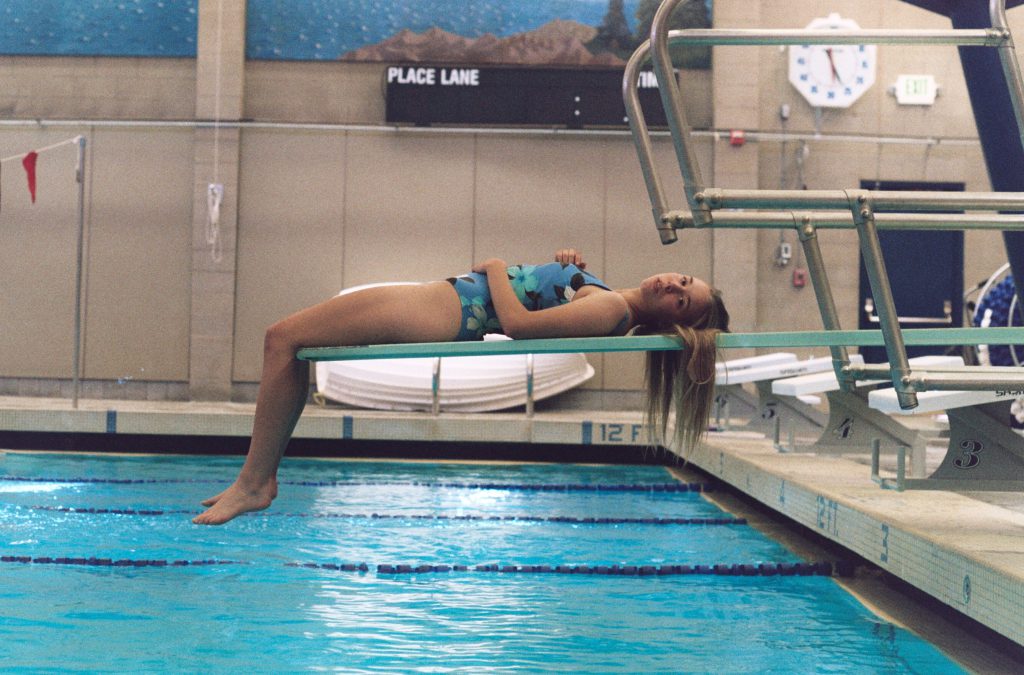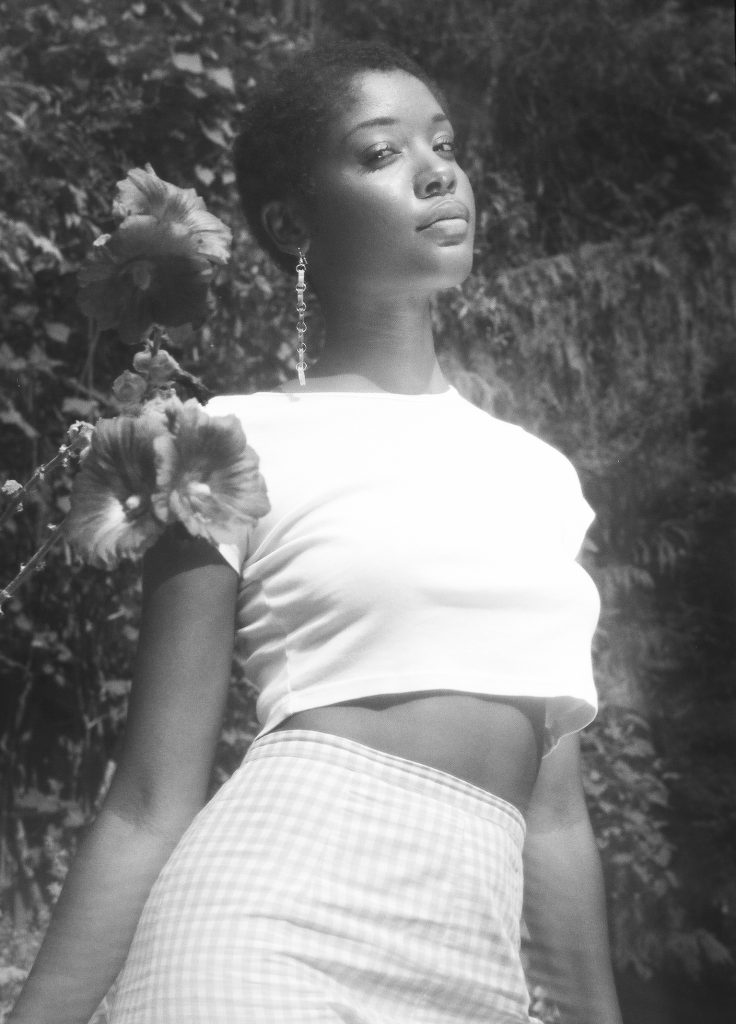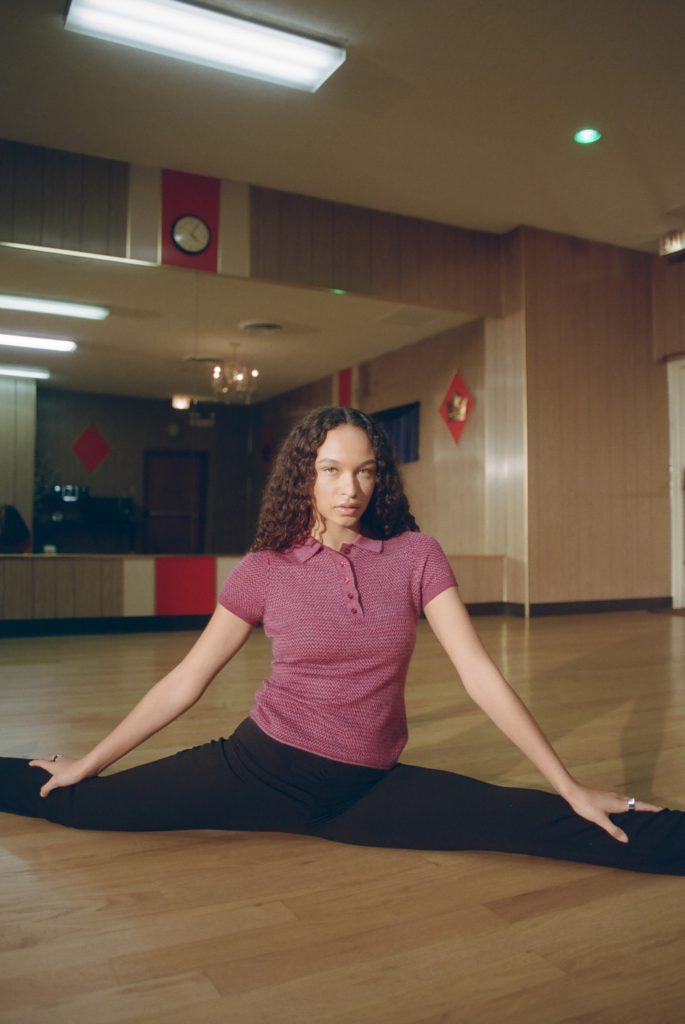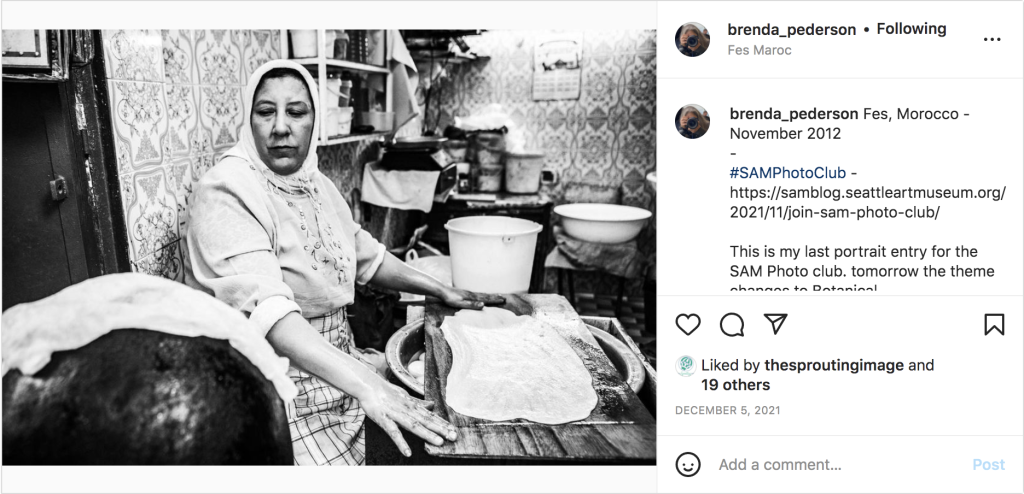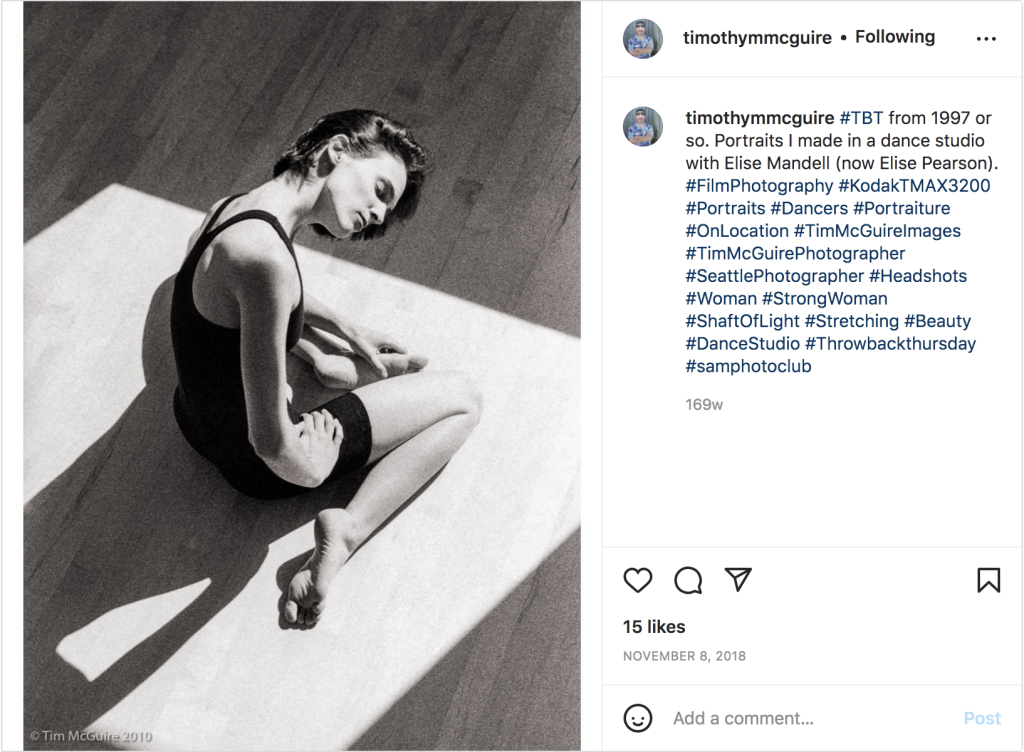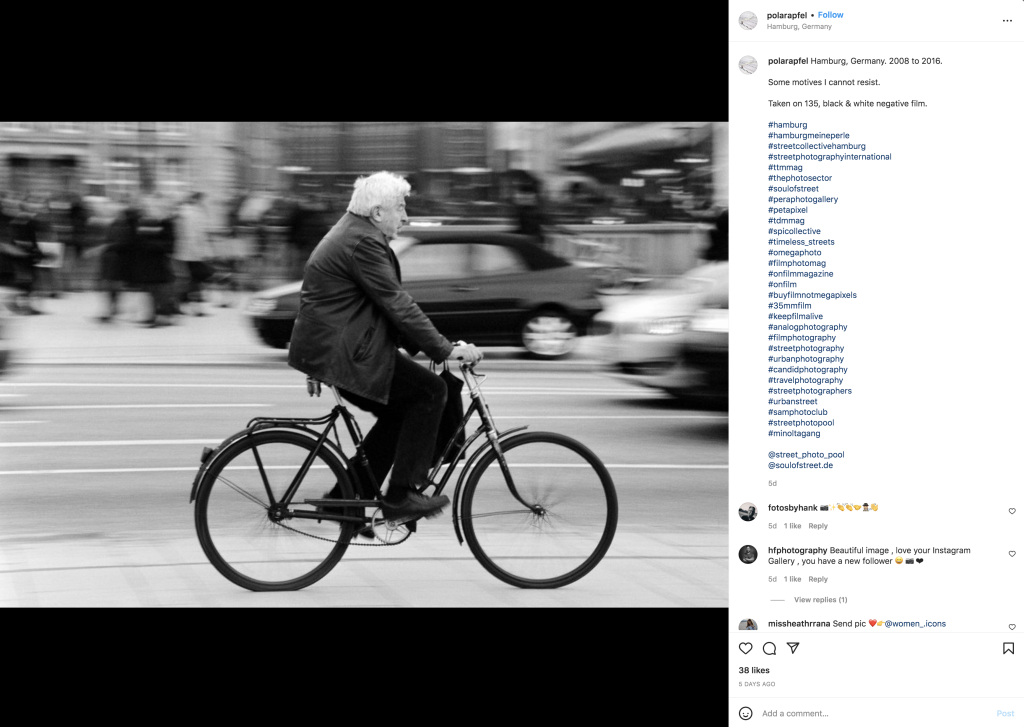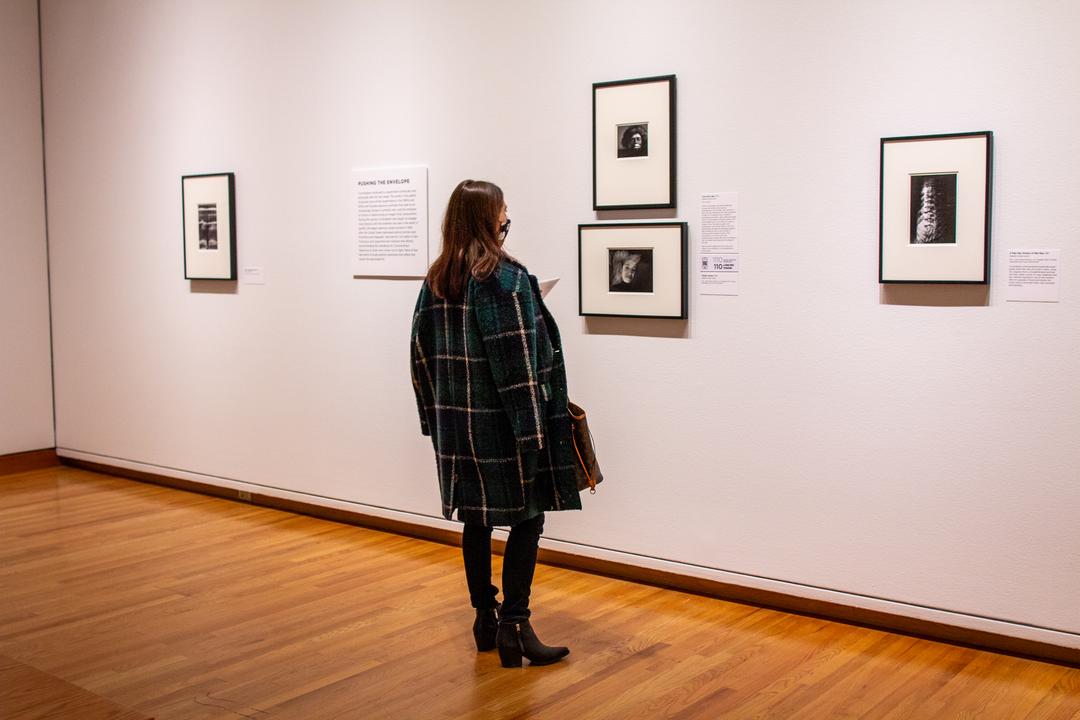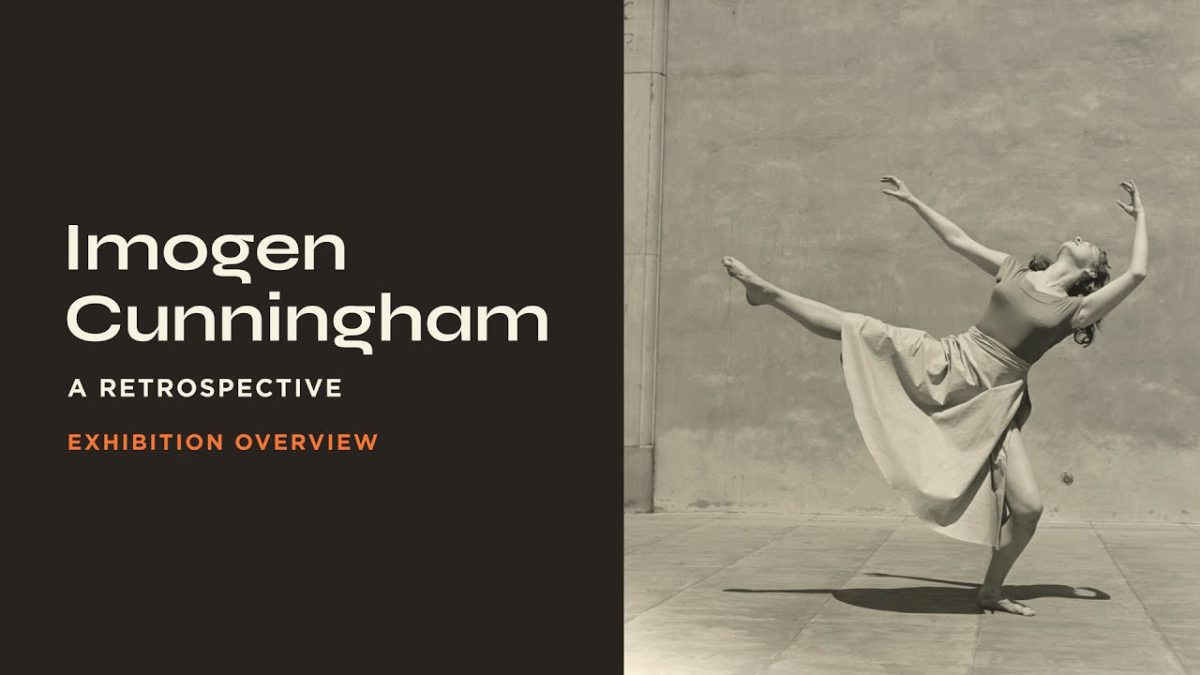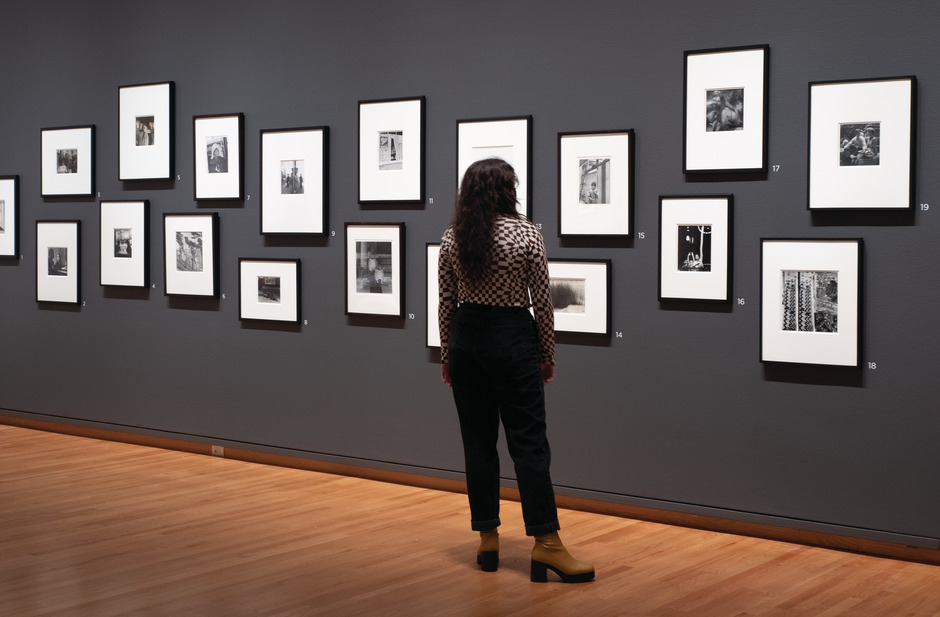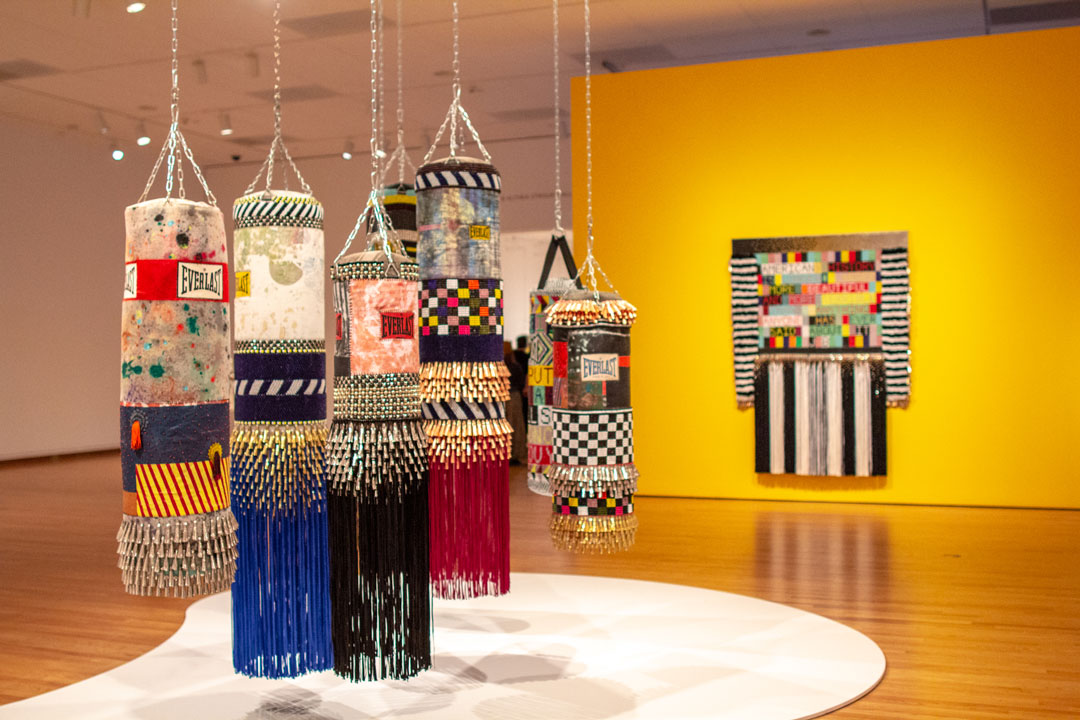The Power of Storytelling in Art Curation: Emerging Arts Leader Elizabeth Xiong Reflects
My first recreational adventure after settling in Seattle in 2021 was to SAM. As I had just recently decided to pursue a second degree in art history, I felt strangely comfortable throughout my visit. I left the museum that day filled with countless stories told through the installations, a growing curiosity for art curation, and a hope that I would be back soon.
And lucky for me, that desire came true. Working under the supervision of Theresa Papanikolas, SAM Ann M. Barwick Curator of American Art, as an Emerging Arts Leader Intern over the last few months has allowed me to explore what curators do. As part of my role, I was tasked with research and writing supplementary information for the upcoming exhibition Jaune Quick-to-See Smith: Memory Map. Opening Thursday, February 29 at SAM, the retrospective will survey five decades of Smith’s (Confederated Salish and Kootenai Nation) work. My work focused on researching and creating an in-gallery display for the exhibition that highlights the artist’s relationship to Seattle.
My research began with sifting through existing scholarship and archival materials on Smith. The more I read, the more I came to understand her as a leading contemporary Native American artist who examines American life by engaging with powerful ideas of Indigenous memory, culture, and history. Although I compiled a hefty list of Seattle public art, exhibition, and curatorial projects she participated in, I felt that it lacked cohesion since the documents appeared separate from existing discussions of her work. How, then, could I organize them together in a display case?
I temporarily filed these questions away as I sifted through 150 newly acquired scans from Smith’s personal archives dating from 1996 to 1998. These digitized letters outlined years of correspondence regarding the West Seattle Cultural Trail, a public art project she created alongside local artists Donald Fels and Joe Fedderson (Okanogan and Arrow Lakes).
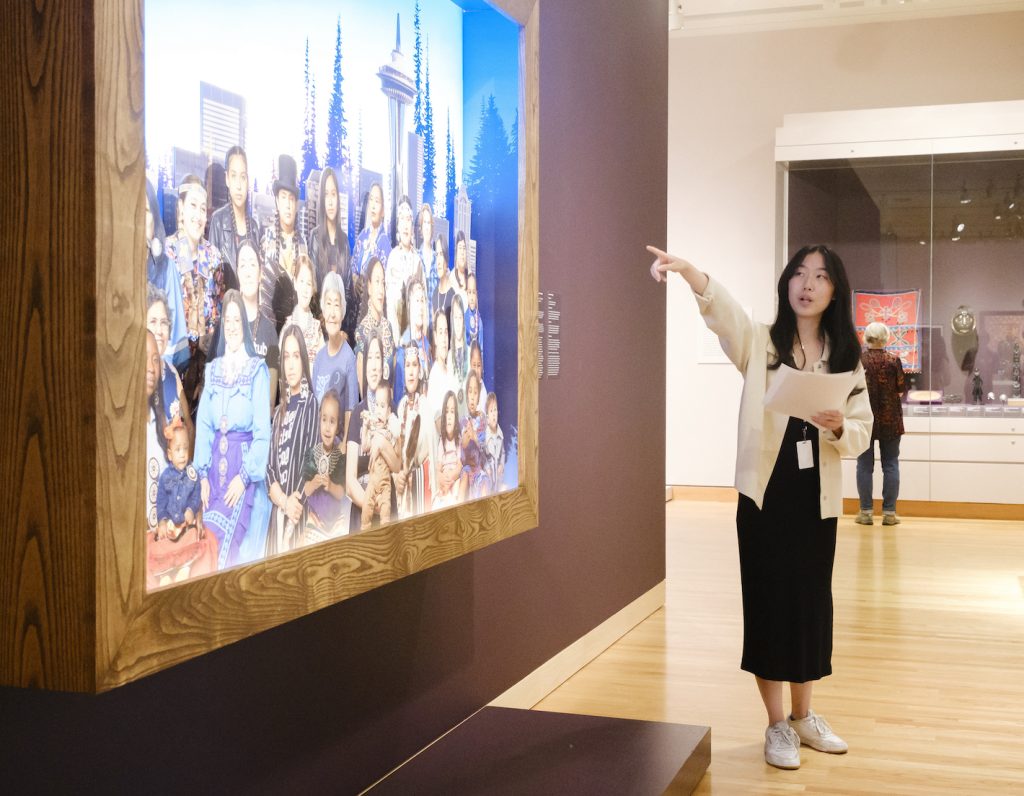
As I meticulously pieced together these lengthy conversations, I watched the project unfold from a front row seat. It gave me a glimpse into the public arts process, the intentionality required, and the communications exchanged between differing personalities. I thought back to the initial questions Theresa encouraged me to consider within my work: What is Smith’s presence in Seattle? How do we illustrate it? I then recalled an interview in which Smith was quoted as saying, “All of our stories, all of our origin stories come out of the land.” Her words led me to reevaluate the trail’s physical dependence on land and its goal to “share in the collective memory of the West Seattle community.”
Suddenly, the collaborative storytelling throughout her oeuvre did not exclude what she accomplished in Seattle. From the trail, my project expanded outwards into three main themes for the display: her dedication to teaching, and the importance of language in her practice, and the role collaboration has played throughout her career. Regarding the retrospective, Smith says “in this long journey, it is step by step, hand over hand, something like climbing a rope.” Therefore, my goal became to guide visitors to see Seattle as a crucial strand in the rope she climbed.
To demonstrate Smith’s dedication to education, her correspondences with Donald Fels revealed their shared interest in involving local students in the project’s development. Smith was adamant that the trail give visibility to hidden stories, and the accompanying Voices of the Community booklet gave students the opportunity to share their perspectives through poetry. Her commitment to education also extends beyond the trail to her other public works, lectures, and children’s workbooks. Considering how her Olympic Junior College art teacher once told her “she could teach… but she shouldn’t count on being a painter,” she powerfully accomplished both. Therefore, when she said “I go out and teach… that’s what my life is about, my work is about,” it is important that our illustration of her presence in Seattle brilliantly reflects this.
That said, the trail allows other dimensions of teaching in her practice to be explored, such as writing. Countless letters between Smith and other Indigenous colleagues reveal that the Native stories told on the trail are intended to teach visitors, and that their accuracy was of the utmost importance.
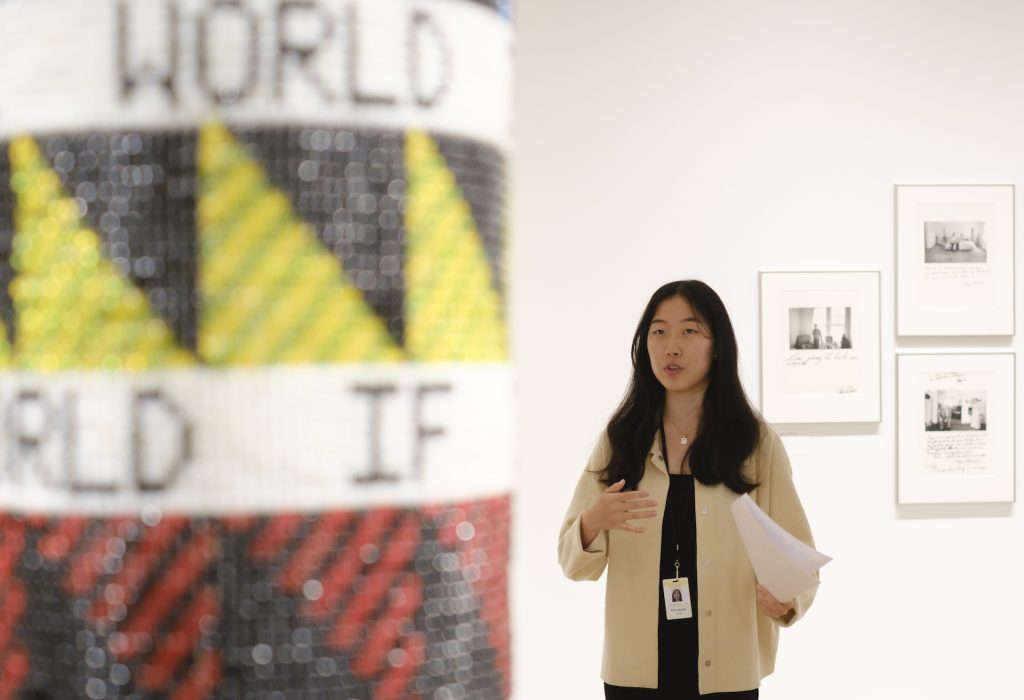
This intricate combination of writing and collaboration is evident throughout her own curatorial practice, which first blossomed in Seattle. In each exhibition, she approached texts intentionally because writing inclusively “[showcases] the voices of Native artists.” As a curator, her exhibitions helped propel the trajectory of Native recognition in the arts, in turn increasing visibility for new artists. Altogether, her curatorial practice emphasizes that writing and “networking [are] as much for her artistic medium as paint and canvas.”
Lastly, Smith’s insistence on collectivity through collaboration is not limited to her immediate Native community. Her cooperation with other artists of color is a lesser known fact, despite her clear belief that “passion for our art and for one another,” commitment “to narrative work,” and a “strong sense of survival” bonds them together. Therefore, as part of this last theme, which explores Smith’s involvement with Asian Americans through the trail project, I hope to challenge this chronically overlooked detail.
Numerous letters reveal Smith’s dedication to including Asian American voices in retelling the history of Alki Beach. She spent weeks researching, and gaining approval from local experts and friends to ensure that the communities would be “proud of what is there.” With these letters, I hope to underscore how the diverse experiences and relationships that influence her are not constrained by gallery walls. These strands of her personal history may not be immediately apparent on the surface of her artworks, but through her ties to the city we share, they come to life.
As a result of my in-gallery contributions to Memory Map, I hope visitors leave SAM with a clear understanding of how Smith and her relationship to Seattle do not stand in isolation. Their interconnectedness leaves room for the viewer to contemplate how their presence in the exhibition’s galleries is also an act of collaboration and learning with Smith. Therefore, it is important that her voice rings throughout my work, such that the answer to her question “can I take these feelings and attach them to a passerby?” is an overwhelming yes.
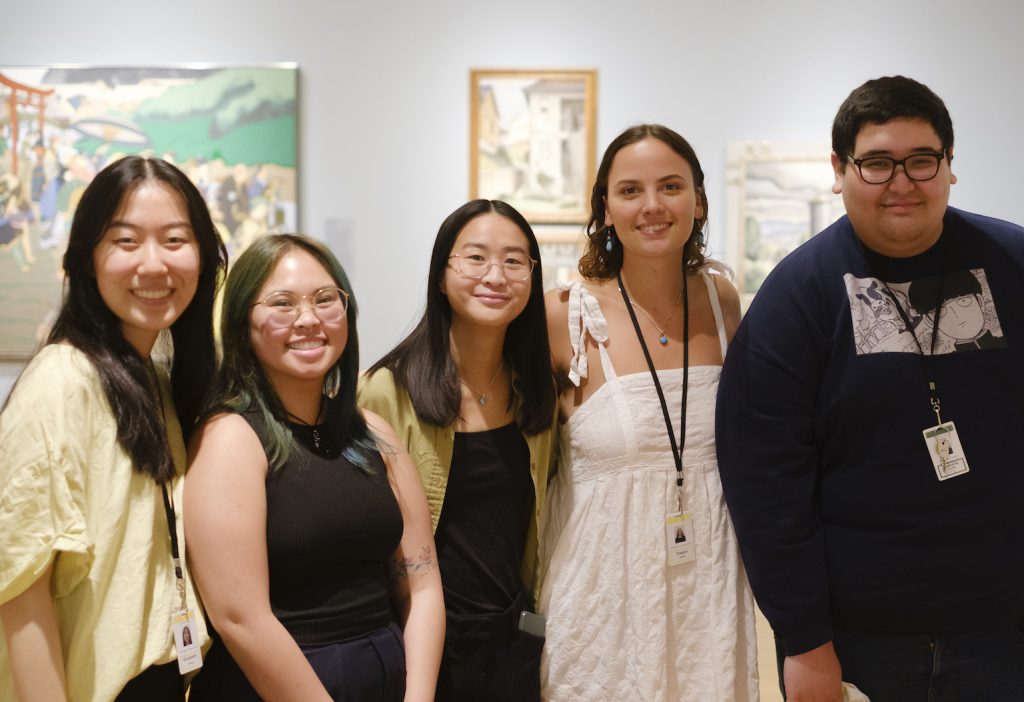
I went into this internship eager to peel back the mysterious layers of museum work, in order to discover what processes are involved in curating exhibitions. Sitting at my desk in the corner of SAM’s administrative offices, I was initially afraid that I would feel alone. However, that sentiment couldn’t have been further from the truth. As I uncovered the intentional collaborations that flowed through Smith’s storytelling, I realized the same started swirling into mine. Through this experience, I found myself learning how to research unfamiliar topics with courage, and approach art curation as a storyteller. This growth was only possible because of the incredible SAM staff, who I want to take the time to thank.
I truly started to see curatorial work as storytelling after my lunches with Museum Educator for Digital Learning Ramzy Lakos, where he also encouraged me to use Smith’s own voice to frame my in-gallery display. It was after an insightful conversation with Catharina Manchanda, SAM Jon and Mary Shirley Curator of Modern and Contemporary Art, that compelled me to incorporate Smith’s involvement with other communities of color. I want to thank Carrie Dedon, SAM Assistant Curator of Modern and Contemporary Art, for reminding me to courageously explore the intersections of my studies and extend a special thank you to my cubicle-mate, Danelle Jay, SAM Curatorial Print and Content Associate, for always lending a listening ear, and reminding me that our storytelling should relate to people. Most of all, I want to thank Theresa, for her indispensable expertise, patience, and genuine collaborative spirit that has made my SAM internship an incredible experience.
As my internship draws to a close, I look forward to seeing how my display comes to life when Memory Map opens at SAM this spring and urge you to visit the West Seattle Cultural Trail in the meantime. I am excited to take everything I have learned at SAM into my future endeavors, and am looking forward to where I next go.
– Elizabeth Xiong, SAM Emerging Arts Leader in Curatorial
Photos: Alborz Kamalizad.
